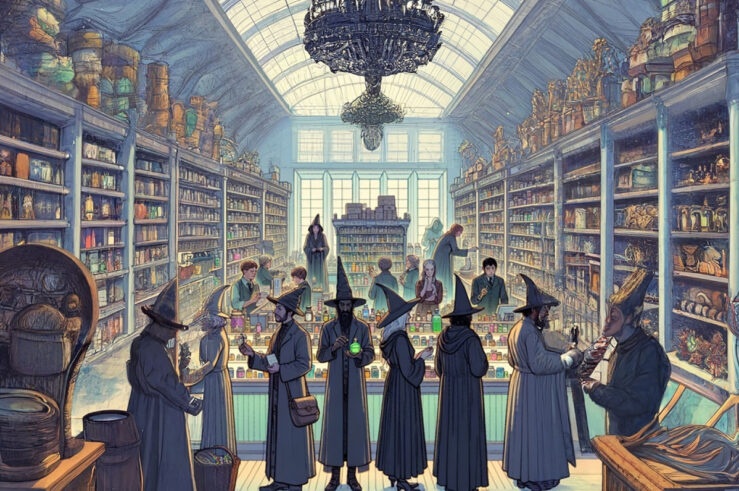The National Law Journal reports (HT: Rick Hills):
Are the Wild West days of federal clerk hiring back? That’s what some law school administrators and judges fear. They worry that the voluntary system whereby federal judges wait until September of the 3L year to hire clerks is teetering. Judges are choosing clerks earlier in the year and are being inundated with applications as the legal job market narrows. And a trend toward hiring the already graduated means fewer positions are available for fresh law graduates.
There is a lot of support for “The Plan” in the legal profession, and amongst judges. Well, for the latter, at least there is a lot of apparent support for it. There is also, like most cartels, a lot of competition. Hills’ comment is characteristic of a view often heard within law schools on the clerkship market:
I’m not sure how to fix it, but “it” (the clerkship-hiring-“process”) seems a mess to me. Although, as a general matter, I welcomed the success of “the Plan” in moving the clerk-hiring process, and decision, until after the second year (or, more specifically, until after a candidate has at least two years’ worth of grades), the situation now seems to be the worst of all worlds. There is, as the piece reports, a lot of defection from the Plan; schools are not quite sure how to respond; and the fact that the downturn has recent (and not so recent) graduates applying “off-plan” for clerkships puts even greater stress on those who would like to comply with its requirements. Add to the mix the facts that state judges and courts are on entirely different schedules and systems, and that some (but not all) judges employ the OSCAR system . . . phew. A mess.
So, let’s harness the Power of Prawfs and . . . clean it up. Suggestions?
Maybe its a mess. But markets are sometimes messy. Wonderfully messy. Chaotic even: Plenty of buyers and plenty of sellers fighting over scarce resources, signaling of various sorts of valuable and not-so-valuable information, bluffing, strategy, some sharp-elbow tactics, and competition across a number of dimensions. Messy? You bet. But “fair and orderly” codes of competition do not generally increase social welfare. I doubt this is an exception. So maybe the messiness of these markets is a feature rather than a bug. This is a hard message to sell in markets related to legal education or lawyering — where restrictions on competition are frequent.
So here is my suggestion: let’s go laissez-faire on the clerkship market.
Let applicants apply. Let judges hire. Let competition ensue. It will be messy. Sometimes even ugly. There will be some winners and losers. It will be chaotic. And almost certainly disorderly. But thank goodness for that. And perhaps in the world of increasing sources of competition for lawyers, including many coming from outside the hallowed halls of American law schools, it wouldn’t be a bad message to our students and future lawyers to — to put in bluntly — get used to it.




